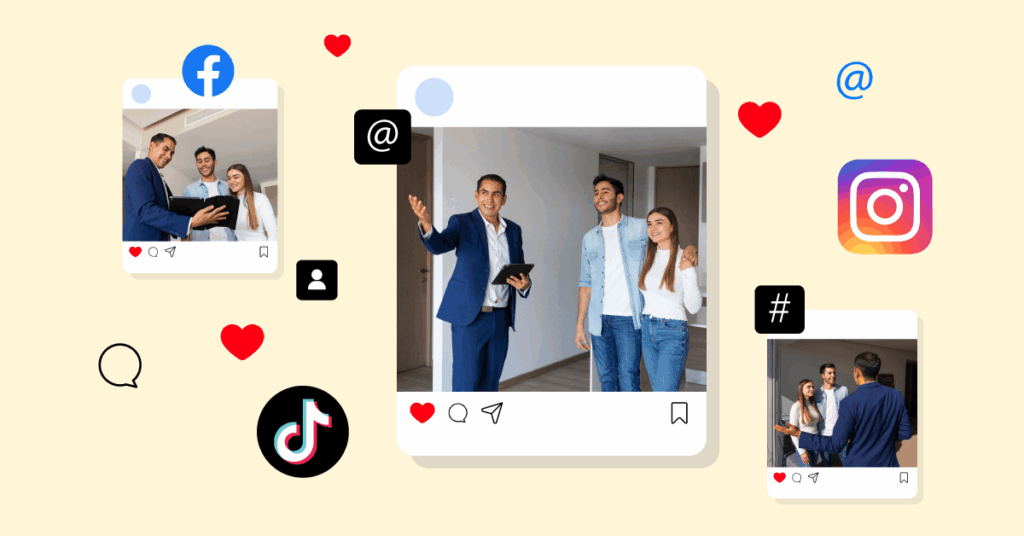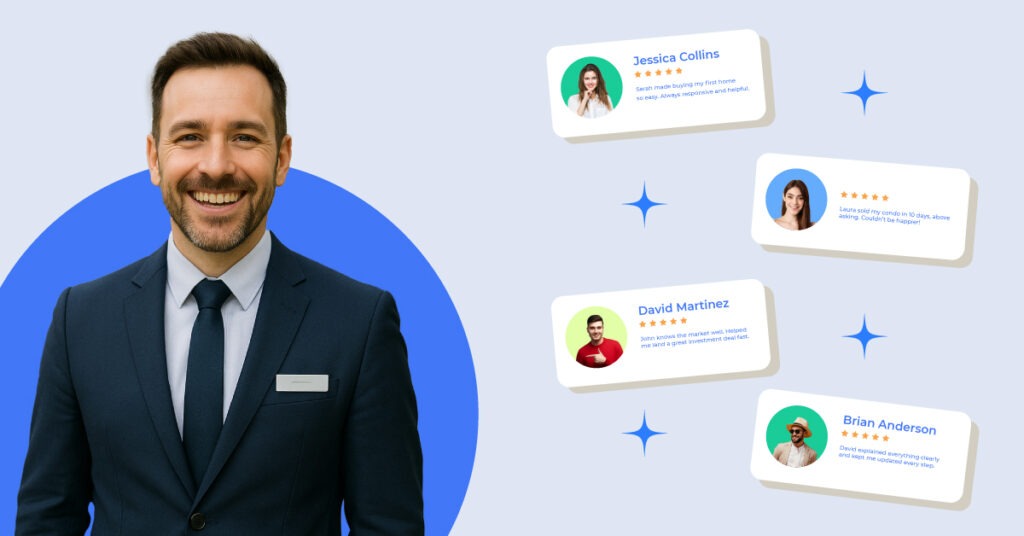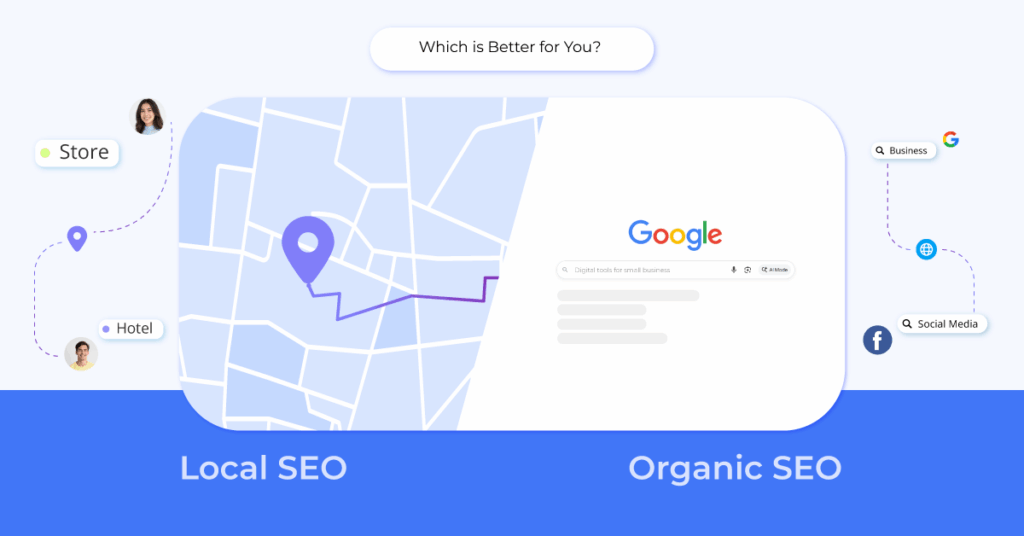Let’s be honest — most local business owners confuse customer service and customer experience like they’re the same thing. I’ve seen it happen across cafés in Austin, salons in Miami, and even real estate offices in Dallas.
But let me tell you one bitter truth: great service doesn’t always mean a great experience. You can have the friendliest staff in town and still lose customers if the overall journey feels clunky.
Think about it, when was the last time you stayed loyal to a business just because they resolved your issue? Exactly.
You stayed because the whole thing felt easy, personal, and worth coming back for.
In this blog, I’ll break down the real difference and share how small U.S. businesses can turn great service into unforgettable experiences.
What is Customer Service?
Alright, let’s start with the classic — customer service.
You know that moment when you call your favorite barber in Austin because he messed up your fade, and he says, “Come back, I’ll fix it for free”? That’s customer service. It’s the human side of your business — helping, answering, fixing, and occasionally apologizing (even when the customer is kind of wrong).
In simple terms, customer service is reactive — it kicks in when a customer needs help. It’s how your business responds when something goes wrong or when someone needs a hand.
Good service can save a bad day. Great service can save a bad review. But here’s the kicker: even perfect service can’t make up for a poor overall experience — and that’s where most businesses get stuck.
What is Customer Experience (CX)?
Now, here’s where things get interesting.
Customer experience — or CX if you want to sound fancy in meetings — isn’t about one single interaction. It’s the entire story your customer lives through, from the first Google search to that post-purchase text you send saying, “Hey, how was everything?”
Let’s say a customer finds your café online, loves your photos, visits the shop, and gets greeted with their name on the cup. That’s not service — that’s an experience. It’s how they feel through every step.
See the difference? Customer service happens when they need you. Customer experience happens whether they need you or not.
In short, CX is proactive. It’s how your business prevents frustration, builds emotion, and makes people say, “I love going there.”
Customer Service vs Customer Experience: Key Differences
Alright, so we’ve got the definitions down.
But here’s where most businesses (especially local ones) slip — they treat customer service and customer experience like twins. Spoiler alert: they’re more like cousins who barely hang out.
Customer service is a moment. Customer experience is a movie.
Service happens when something needs to be fixed — like when your salon rebooks a missed appointment. Experience, though, is everything leading up to and following that — from the ease of booking online to that “Thanks for visiting!” text you send afterward.
I’ve made a table to make it easy for you to understand the difference:
| Aspect | Customer Service | Customer Experience |
| Focus | Solving problems | Shaping perceptions |
| When It Happens | During or after a purchase | Before, during, and after |
| Ownership | Front desk or support staff | Everyone — from owner to delivery guy |
| Goal | Satisfy the customer | Delight and retain the customer |
| Measurement | CSAT, response time | NPS, reviews, repeat visits |
Let’s see it this way — great service fixes issues, but great experience prevents them altogether.
When a café responds fast to a complaint, that’s good service. But when that same café remembers your favorite order and greets you with a smile before you even say a word
That’s great experience — and it’s what keeps you coming back (and posting those glowing Google reviews).
Why Customer Experience Matters More in 2025 (Especially for Local U.S. Businesses)
Here’s the thing — customers today don’t just buy products or services anymore; they buy experiences.
If you run a café in Austin, a salon in Miami, or a dental clinic in Chicago, you’re not just competing with your neighbor anymore — you’re competing with Amazon-level expectations. People want fast, frictionless, and friendly everywhere they go.
And the stats back it up. According to Zendesk’s 2024 CX report, 80% of Americans switch brands after more than one bad experience. That’s brutal. One delay, one rude reply, or one outdated website can send your loyal customer running to someone else.
But here’s the flip side — nail your experience, and customers stick around longer, spend more, and tell their friends. I’ve seen small businesses double their Google reviews and foot traffic just by tightening their customer experience — better follow-ups, faster responses, and a few thoughtful touches.
In short, great service earns a thank you. Great experience helps you earn a
Customer for a lifetime.
How Small Businesses Can Improve Both Service and Experience?
Now that we know the difference, let’s talk about what actually moves the needle.
Because let’s be real — every local business thinks they’re customer-focused… until a bad review pops up on Google.
So, how do you fix that? You work on both — service and experience. Here’s how I’ve seen smart local businesses make it happen:
1. Map Every Customer Touchpoint
Most small businesses only focus on the “moment of service.” But experience starts way earlier — the moment someone Googles “best café near me” or scans your menu QR code.
Map every touchpoint — from search → website → booking → visit → follow-up — and ask, “Where could this feel easier?”
That’s where growth hides.
2. Collect Feedback Instantly (Don’t Wait for a Bad Review)
Here’s a rule I live by: The faster you ask, the friendlier the feedback.
Instead of hoping happy customers leave reviews, make it effortless.
With Krofile, for example, your customers can scan a QR or tap NFC to drop a review on Google or Yelp before they even walk out the door.
That’s not just service — that’s experience management in real time.

3. Train Your Team to Listen, Not Just Respond
Good service is about replying fast. Great experience is about listening right.
Teach your team to hear what customers mean, not just what they say.
When a gym member complains about “equipment always being busy,” they’re really saying, “I don’t feel valued here.” Fix that, and you’ll never lose them.
4. Make It Easy to Stay Connected
You know what most businesses do wrong? They make customers chase them.
No one’s bookmarking your website anymore.
But if your details are saved right on their phone — that’s gold.
With Krofile’s “Save as App” feature, your business literally stays on a customer’s home screen. It’s like being one tap away from their next booking or visit.

5. Use Analytics to See What’s Actually Working
Stop guessing. Your business isn’t a mystery novel.
Track what people click, where they drop off, and which offers they respond to.
Even simple insights like “most QR scans happen between 5–7 PM” can tell you when to push offers or respond faster.
At the end of the day, improving customer experience isn’t about doing more — it’s about doing the right things consistently. And when you build that habit, everything else follows — more reviews, better retention, and a stronger brand presence both online and offline.
How to Measure Customer Service and Customer Experience
Now, let’s talk numbers — because what you don’t measure, you can’t improve.
Most small businesses track sales, but almost none track satisfaction. And that’s like trying to drive blindfolded. Here’s how I measure both:
1. Customer Service Metrics (CS)
These tell you how well your team responds when customers reach out.
- Customer Satisfaction (CSAT):

Ask, “How satisfied were you with our service?” — then track the % who answer 4 or 5 stars.
- First Response Time (FRT):
Average time it takes for your team to reply to a customer message.
The faster you respond, the higher your service score.
2. Customer Experience Metrics (CX)
These show how people feel about your business overall.
- Net Promoter Score (NPS):

Ask, “How likely are you to recommend us to a friend?”
Promoters (9–10) love you; detractors (0–6) don’t.
- Customer Retention Rate (CRR):

Where E = customers at end of period, N = new customers, S = customers at start.
This one’s gold — higher CRR = stronger experience.
Real-Life Examples Small Businesses Can Learn From
Let’s make this real for a second.
A coffee shop I worked with in Denver used to think customer service meant smiling and fixing wrong orders. But once they focused on the experience — adding a loyalty QR on every receipt and following up with a “Thanks for stopping by!” message — their repeat visits shot up by 40%.
Then there was a realtor in Dallas who started sending a “Welcome Home” digital card through Krofile after every closing. It included contacts for movers, local restaurants, and a Google review link. Not only did she get more 5-star reviews, but her referrals doubled within six months.
That’s the magic of pairing good service with great experience — it creates stories people remember and share.
The Bottom Line: Service is a Step, Experience is the Journey
Here’s the thing — great customer service might win a smile, but great customer experience wins loyalty.
I’ve worked with enough local businesses to know that people don’t just remember what you did for them — they remember how you made them feel. That’s what brings them back, leaves reviews, and gets them talking about you to their friends.
So, if you’re still treating customer service as the finish line, it’s time to zoom out. Start thinking of every touchpoint — from that first Google search to the follow-up message — as part of one continuous experience. That’s where real growth (and real loyalty) begins.








